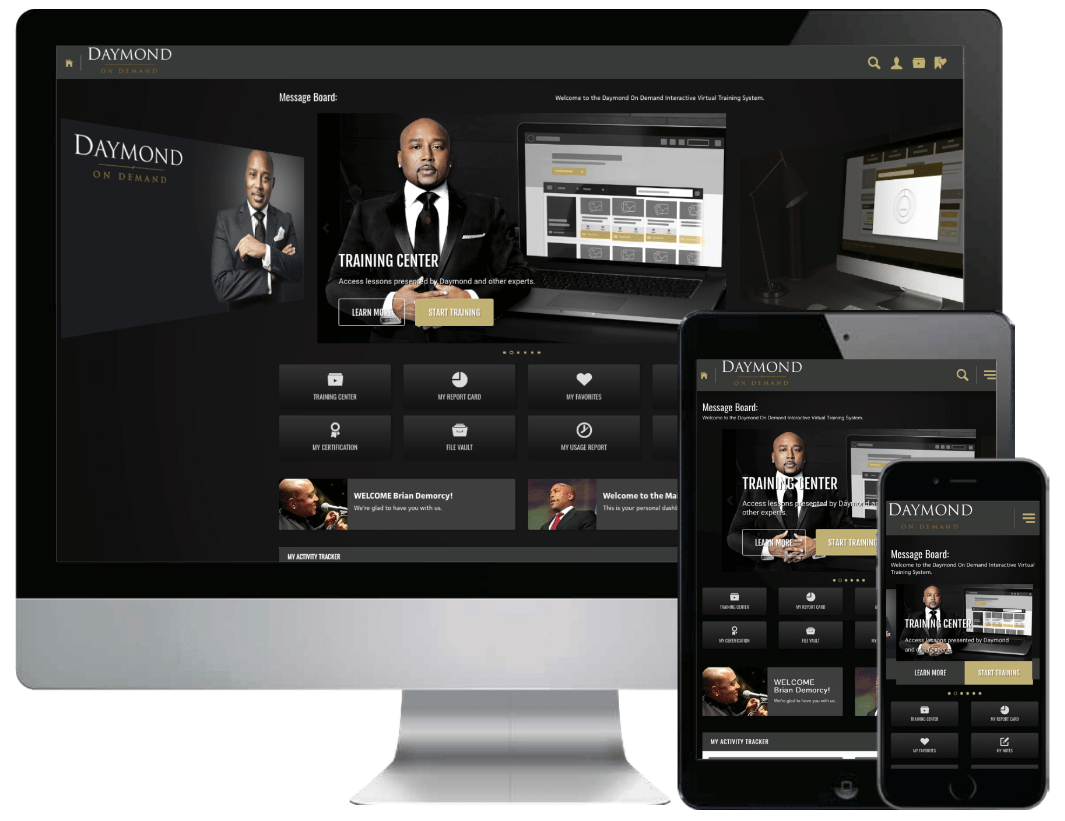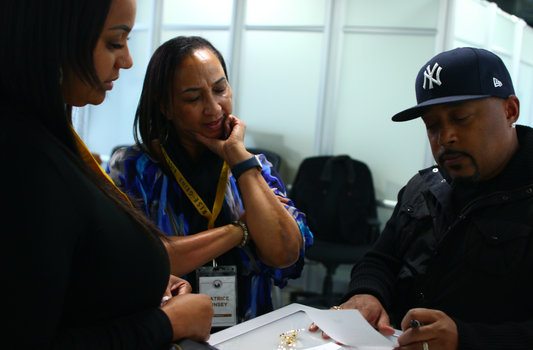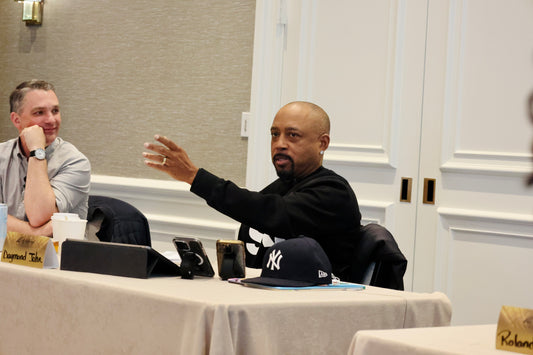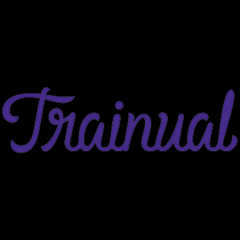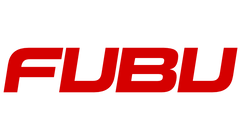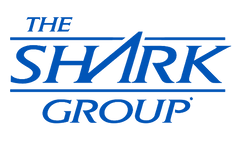How’s it going everyone! Hope you all had fantastic Thanksgiving weekends! Now that the holiday season is officially in full swing, people have been asking me what books I would recommend to aspiring entrepreneurs. I have put together a list of five of my favorite books, all of which can be incredibly useful, not only for hopefuls, but for seasoned business titans. – DJ
How to Win Friends & Influence People
By Dale Carnegie
From Amazon:
This grandfather of all people-skills books was first published in 1937. It was an overnight hit, eventually selling 15 million copies. How to Win Friends and Influence People is just as useful today as it was when it was first published, because Dale Carnegie had an understanding of human nature that will never be outdated. Financial success, Carnegie believed, is due 15 percent to professional knowledge and 85 percent to “the ability to express ideas, to assume leadership, and to arouse enthusiasm among people.” He teaches these skills through underlying principles of dealing with people so that they feel important and appreciated. He also emphasizes fundamental techniques for handling people without making them feel manipulated. Carnegie says you can make someone want to do what you want them to by seeing the situation from the other person’s point of view and “arousing in the other person an eager want.” You learn how to make people like you, win people over to your way of thinking, and change people without causing offense or arousing resentment. For instance, “let the other person feel that the idea is his or hers,” and “talk about your own mistakes before criticizing the other person.” Carnegie illustrates his points with anecdotes of historical figures, leaders of the business world, and everyday folks. –Joan Price –This text refers to an out of print or unavailable edition of this title.
Who Moved My Cheese?: An Amazing Way to Deal with Change in Your Work and in Your Life
By Spencer Johnson
From Amazon:
Change can be a blessing or a curse, depending on your perspective. The message of Who Moved My Cheese? is that all can come to see it as a blessing, if they understand the nature of cheese and the role it plays in their lives. Who Moved My Cheese? is a parable that takes place in a maze. Four beings live in that maze: Sniff and Scurry are mice–nonanalytical and nonjudgmental, they just want cheese and are willing to do whatever it takes to get it. Hem and Haw are “littlepeople,” mouse-size humans who have an entirely different relationship with cheese. It’s not just sustenance to them; it’s their self-image. Their lives and belief systems are built around the cheese they’ve found. Most of us reading the story will see the cheese as something related to our livelihoods–our jobs, our career paths, the industries we work in–although it can stand for anything, from health to relationships. The point of the story is that we have to be alert to changes in the cheese, and be prepared to go running off in search of new sources of cheese when the cheese we have runs out.
Dr. Johnson, coauthor of The One Minute Manager and many other books, presents this parable to business, church groups, schools, military organizations–anyplace where you find people who may fear or resist change. And although more analytical and skeptical readers may find the tale a little too simplistic, its beauty is that it sums up all natural history in just 94 pages: Things change. They always have changed and always will change. And while there’s no single way to deal with change, the consequence of pretending change won’t happen is always the same: The cheese runs out.
By Napoleon Hill
From Amazon:
Think and Grow Rich has been called the “Granddaddy of All Motivational Literature.” It was the first book to boldly ask, “What makes a winner?” The man who asked and listened for the answer, Napoleon Hill, is now counted in the top ranks of the world’s winners himself.
The most famous of all teachers of success spent “a fortune and the better part of a lifetime of effort” to produce the “Law of Success” philosophy that forms the basis of his books and that is so powerfully summarized in this one.
In the original Think and Grow Rich, published in 1937, Hill draws on stories of Andrew Carnegie, Thomas Edison, Henry Ford, and other millionaires of his generation to illustrate his principles. In the updated version, Arthur R. Pell, Ph.D., a nationally known author, lecturer, and consultant in human resources management and an expert in applying Hill’s thought, deftly interweaves anecdotes of how contemporary millionaires and billionaires, such as Bill Gates, Mary Kay Ash, Dave Thomas, and Sir John Templeton, achieved their wealth. Outmoded or arcane terminology and examples are faithfully refreshed to preclude any stumbling blocks to a new generation of readers.
Rich Dad Poor Dad: What The Rich Teach Their Kids About Money That the Poor and Middle Class Do Not!
By Robert T. Kiyosaki
From Amazon:
Personal-finance author and lecturer Robert Kiyosaki developed his unique economic perspective through exposure to a pair of disparate influences: his own highly educated but fiscally unstable father, and the multimillionaire eighth-grade dropout father of his closest friend. The lifelong monetary problems experienced by his “poor dad” (whose weekly paychecks, while respectable, were never quite sufficient to meet family needs) pounded home the counterpoint communicated by his “rich dad” (that “the poor and the middle class work for money,” but “the rich have money work for them”). Taking that message to heart, Kiyosaki was able to retire at 47. Rich Dad, Poor Dad, written with consultant and CPA Sharon L. Lechter, lays out his the philosophy behind his relationship with money. Although Kiyosaki can take a frustratingly long time to make his points, his book nonetheless compellingly advocates for the type of “financial literacy” that’s never taught in schools. Based on the principle that income-generating assets always provide healthier bottom-line results than even the best of traditional jobs, it explains how those assets might be acquired so that the jobs can eventually be shed.
Jab, Jab, Jab, Right Hook: How to Tell Your Story in a Noisy Social World
By Gary Vaynerchuk
From Amazon:
New York Times bestselling author and social media expert Gary Vaynerchuk shares hard-won advice on how to connect with customers and beat the competition. A mash-up of the best elements of Crush It! and The Thank You Economy with a fresh spin, Jab, Jab, Jab, Right Hook is a blueprint to social media marketing strategies that really works.
When managers and marketers outline their social media strategies, they plan for the “right hook”—their next sale or campaign that’s going to knock out the competition. Even companies committed to jabbing—patiently engaging with customers to build the relationships crucial to successful social media campaigns—want to land the punch that will take down their opponent or their customer’s resistance in one blow. Right hooks convert traffic to sales and easily show results. Except when they don’t.
Thanks to massive change and proliferation in social media platforms, the winning combination of jabs and right hooks is different now. Vaynerchuk shows that while communication is still key, context matters more than ever. It’s not just about developing high-quality content, but developing high-quality content perfectly adapted to specific social media platforms and mobile devices—content tailor-made for Facebook, Instagram, Pinterest, Twitter, and Tumblr.
These are just a few of the books that I frequently recommend to people. There is a ton of fantastic business literature out there. What are some of the books that you have read that you would recommend to people? Leave a comment with a link to your favorite business book, and tell me how it helped you take your entrepreneurial endeavors to the next level!
